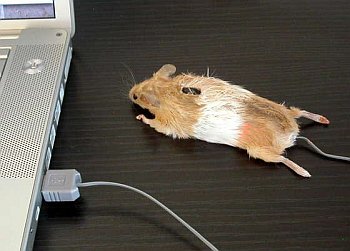The Fedora LiveCD image is pretty cool for new installations but as I’ve discovered, not much good for upgrading an existing Fedora. Fedora’s done away with the CD ISO images (probably a good thing, since Fedora 6 consisted of 5 CD ISO images) and only makes DVD images available now. Since my desktop doesn’t have a DVD burner or reader, I thought I was going to be stuck. After doing a bit of research and experimenting, I’ve come up with a procedure that let me upgrade my desktop from Fedora 8 Test 2 to Test 3 that seems to have worked. It’s based on this message from fedora-list.
Disclaimer: The following steps worked fine for me on my system. Since it was a relatively minor upgrade from one test version to another, I’ve encountered very little breakage (so far). You may have to adjust things a little to get it to work on yours. YMMV.
- Download the Fedora ISO for your architecture
- Mount the ISO using the loopback device:
mount iso_filename /mnt/Fedora -t iso9660 -o loop
replacing iso_filename with the filename of the Fedora ISO you just downloaded
- Create the directory /boot/Fedora and copy the contents of /mnt/Fedora/isolinux there
- Add the following to /etc/grub.conf (add it to the end of the file):
title Fedora
root (hd0,0)
kernel /Fedora/vmlinuz
initrd /Fedora/initrd.img
- Copy the ISO image to another computer and mount it to some location as in Step 2 (I used Fedora in my home directory). I had to do this step because I couldn’t get the upgrade process to find the DVD image on the local hard drive. I think it may have had to do with the image being on an LVM partition. If you don’t have any LVM partitions, you may be able to skip this step.
- Create an NFS export for the mounted Fedora image you just created.
- Reboot and select the Fedora boot profile. If all goes well, the computer should boot up using the new Fedora image and the upgrade process should kick off.
- Follow the prompts to the point where it asks where the Fedora disk image is
- Select the NFS option and provide the host and full path information to where you mounted the ISO on the remote computer (from Step 5).
- At this point the upgrade should proceed as if you were upgrading from a physical DVD
If anybody knows a better way, feel free to enlighten me.
Like this:
Like Loading...
